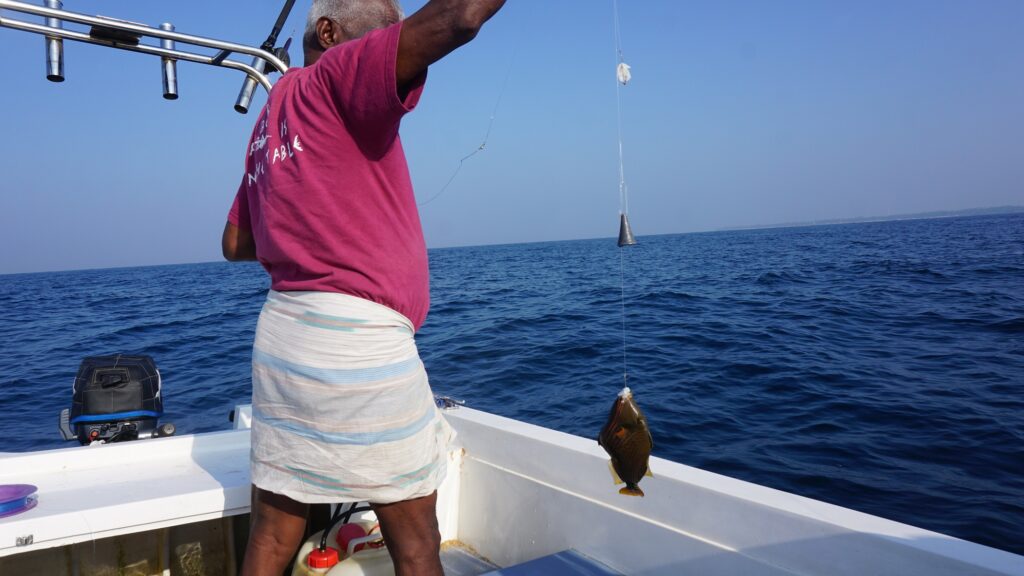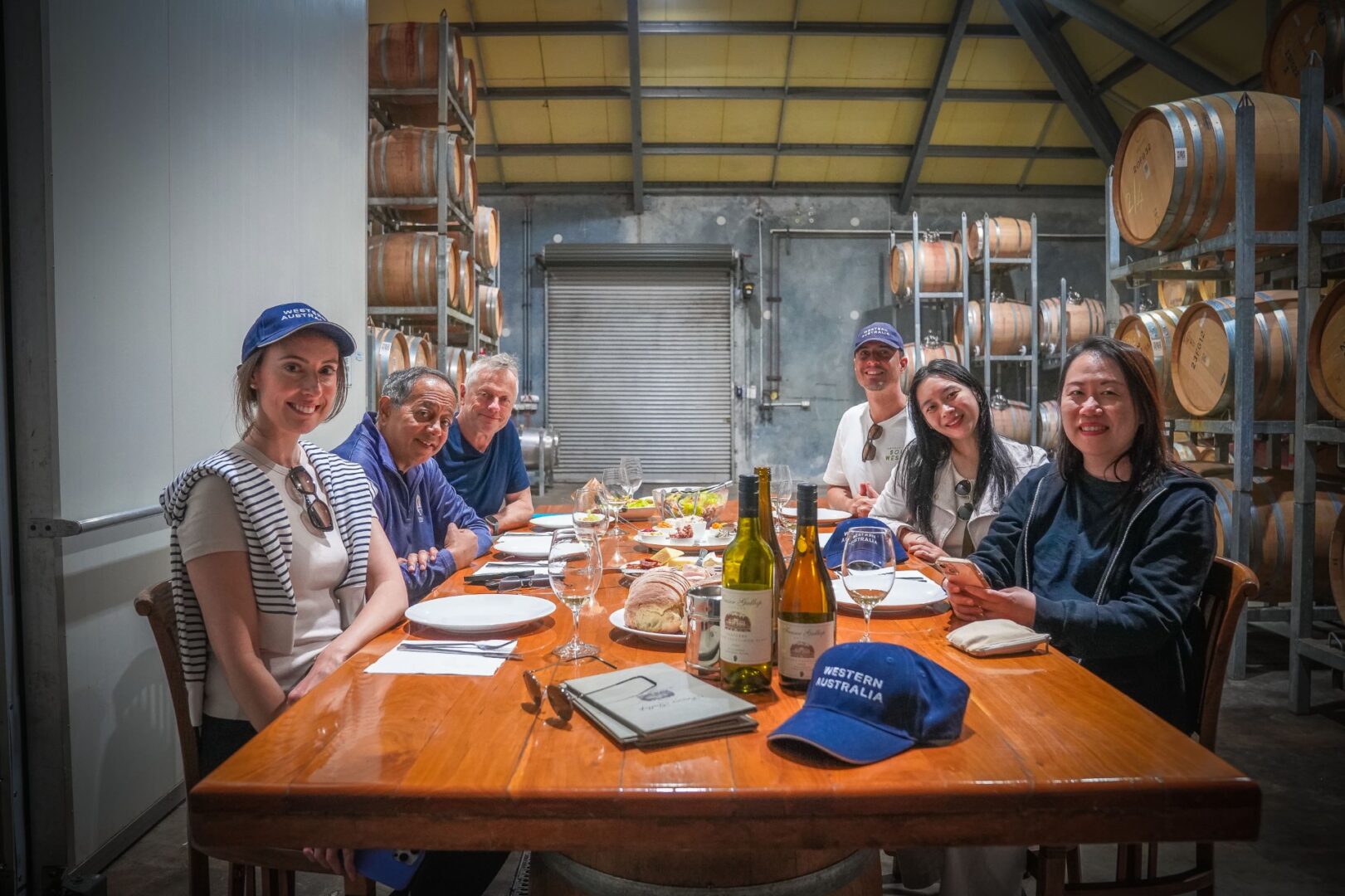
Aquatic Adventures: Sri Lanka’s West Coast

For many Indians, a trip to Sri Lanka can be an eye-opener as a cleaner, less crowded and more compact version of their own country awaits them. This sun-soaked neighbour boasts the charming name, resplendent island; aptly so, as travellers will find they are never far from an amazing beach or sparkling cove, full of ocean adventures to be experienced.
Tenacious Turtles
With eyes wide open behind my snorkelling mask, I watch a giant green turtle sail gracefully upwards, followed by a school of small, yellow feeder fish. Despite the majesty of the sea turtle’s movement, its hooded eyes and prominent head make the creature look like a cantankerous bald, old man. I offer a handful of seaweed to the amphibian, and one lightning-fast lunge later its beak has snapped the gift away. Taken aback by the ferocity of this move, I overbalance and try to right myself by pushing on its mottled, brown back. Swiftly it wobbles away, throwing back an unimpressed look at the clumsy human teetering in the very shallow waters off Hikkaduwa’s reef. The whole encounter leaves me both shaken and stirred–like a badly made martini. (www.theinternationaldivingschool.com, 3-hour snorkelling excursion, $100/ Rs 7,500)

Colours Under the Current
The last time I dived off Hikkaduwa was almost 20 years ago. It is disappointing to see the current state of the region’s coral compared to its pristine past. I follow my partner down the safety line to the 65-foot deep seabed. Here, even though the colours of the reef have dulled, I look around at the profusion of brilliantly coloured fish–Moorish idols, black-footed clownfish, yellowtail wrasse and so many others–that bring life to the drab canvas of the reef. I am particularly attracted by the bright purple seaweed called brush gorgonian, which sways gently in the water like a dismembered hand waving goodbye. (www.theinternationaldivingschool.com, $200/ Rs 15,000)

Later that evening, at a cove below the Jetwing Lighthouse hotel in Galle, we watch a group of volunteers dig out a large number of olive ridley turtle hatchlings from their deep nest at the edge of the shore’s treeline. A quick wash in a bucket and the hatchlings are turned loose on the sand to start their long seaward struggle. Inch by inch they crawl until the first wave reaches the front runners and sweeps them into the bosom of the ocean. Despite this volunteer group’s efforts to protect the hatchlings from land-based predators like birds and wild dogs, it is generally, estimated that only one in a thousand will survive until they reach full adulthood. Falling prey to other sea creatures is just one worry, as climate change, loss of habitat, pollution (ghost gear) and hunting are all significant threats. Still, it is quite heart-warming to see mankind in the unusual role of protector rather than predator. But then again, many birds and crabs will lose out on a natural source of nourishment that they are accustomed to with this human intervention. Sometimes I feel no celebration of life is complete without an acknowledgement of death. (www.jetwinghotels.com/jetwinglighthouse)
Finding Fish
Sri Lankans, like the vast majority of islanders, love their fish in all its infinite variety. At the crack of dawn we watch fishermen strain with their wiry bodies wrestling their oruva (fishing boats) onto the surging waves. This is the island’s most traditional form of fishing craft, and consists of a slim outrigger (float) attached by spars to a wooden or fibreglass hull. My wife Saroj and I scramble aboard and perch ourselves precariously on gunny sacks as the large mainsail fills with wind and pulls us out to sea. With clear, blue skies above and the deep, green ocean below, we couldn’t have picked a better day to cruise the ocean. A couple of hours later, the helmsman deftly tacks back to shore using the small triangular jib sail. The fishermen haul the boat out and display the meagre catch from their nets–small silver fish, prawns and crabs fouled by filthy plastic and sludge: a fitting testimony to mankind’s careless destruction of his environment. (www.jetwinghotels.com/jetwingbeach)

The next morning we experience a more modern version of sport fishing, racing away at first sunlight in a speedboat with two fishing rods mounted behind like giant beetle antennae. The lines trail out behind us, taut with tension as the spinner lures hurtle along, barely inches below the surface. A large diamond trevally is the first victim; the gasping, handsome fish is hauled quickly into the boat by the fishermen. The deeper waters yield no more luck so we try our hand with line fishing, using raw squid as a lure. I feel a few nibbles, but am too slow to react in pulling the line up, leaving the hook picked bone clean. One of our guides is more successful, and he pulls up a hapless parrotfish, gleaming green and purple tones. At my nod, he releases it back into the sea. I watch it drift back down in the water, still shocked by its narrow escape. (www.theinternationaldivingschool.com, 3-hour tour, from $150/ Rs11,300)

Wishing for Whales
Whale watching is extraordinarily popular off the southern coast of Sri Lanka, annually bringing in many thousands of visitors following the migratory patterns of the giant blue whales, the largest mammals on earth. Right past Dondra Head, the southernmost tip of the island, is where these magnificent creatures swim, at the narrowest section of the continental shelf. Every morning a small flotilla of brightly coloured craft, big and small, leaves Mirissa harbour and heads for the shining horizon in search of Moby Dick; thankfully, we are armed with telescopic lenses rather than harpoons. The wind has picked up and the sea is rough with our double-decker boat pitching and yawing in the swell. The sharp eyes of our lookout spots the tell-tale plume of the surfacing giant we are in search of before it is whisked away by the wind. What rises to the surface is a young adult with sleek glistening skin and tiny dorsal fin. Yet, I am left with only a fleeting glimpse, within seconds the whale disappears into the choppy waves. This cat-and-mouse game goes on for an hour or so, as groups of tourists rush to the spot of the latest sighting, brandishing their cameras like desperate paparazzi. Our diva does not seem to be in a mood to play as it keeps popping up to breathe every few minutes for a brief moment before diving back into the depths in search of krill (www.kumaraandwhales.com, $235/ Rs 17,700)

The Couch Potato Cruise
Sri Lanka has a number of beautiful lagoons just inland from the sea whose tranquil waters offer the opportunity for a number of motorised water sports. So one morning I straddle a new sleek Yamaha Wave Runner jet ski, feeling like Peter Fonda on his glorious ‘Captain America’ chopper in Easy Rider. I open up the throttle and let my maroon steed roar out into the Negombo lagoon—perhaps a bit too enthusiastically, as my precious Mayo College alumni cap is soon snatched off my head by the coursing wind and unceremoniously dumped into the lagoon. Had I been on a motorbike, I could have just stopped and picked it up, but this is a tough task sitting atop a jet ski, which becomes more unstable the slower it gets because of the lagoon’s shallow draft. Vimal, the instructor (and better Peter Fonda comparison), from Jetwing Lagoon, performs the much needed rescue. Still, I gradually become more confident, and even start doing figure-eights, albeit at a steady 20 kmph. (www.jetwinghotels.com/jetwinglagoon, $250/ Rs 18,800)
Next is the banana boat, an inflatable, yellow cigar-shaped tube that Saroj and I unsteadily sit astride while Vimal tows the contraption into the lagoon. The banana boat seats eight riders and apparently the thrill comes from being flung off the tube into the water when the speedboat corners at high speed. I decide to play it safe and jump into the water, finding, to my surprise, that my feet are covered with sludge which clings to me as if I stepped into a vat of treacle. Apparently the bottom-most section of the lagoon is only six feet at its deepest, despite its vast size with the far shore barely visible from our vantage point. Vimal hastily drags me back on-board before the quicksand-like sludge can claim me forever.

However, the grand finale arrives with the introduction of the floating sofa (LKR1,000/ Rs 400)—or let us call it the loveseat, as it is Valentine’s Day. Saroj and I sit side-by-side on the inflatable lounger, holding hands as Vimal tows us out again. Things begin calmly, but the fun really starts when he opens the throttle and the sofa begins to swing wildly across the wave trail. Saroj screams and I hang on for dear life as we bounce all over the lagoon. Just as abruptly as we had sped up, Vimal cuts the engine and order is restored as we cruise back to land. What a great metaphor for marriage—everything is hunky-dory in the honeymoon phase and then comes the turbulent middle passage (children, careers, competition)—if only you can survive this test, you can look forward to the calm waters of your sunset years!
![]()







